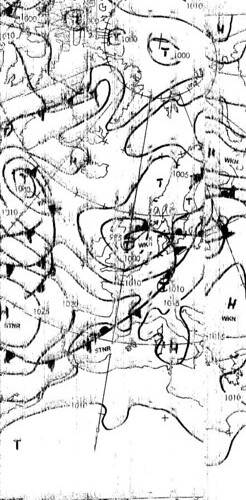After a long relaxing weekend in Germany, it’s best to ease yourself back into work gently. What better way to do this than to take advantage of contacts and go on a guided tour of the Royal London Hospital museum and medical school samples collection?
The tour had been arranged just over two months ago, and I had some idea of what to expect from DG’s visit to the museum earlier this month. A half dozen or so of us turned up at 10 AM for the tour led by the archivist of the hospital – a chap who quite obviously loves his job and could have kept us entertained for far longer than we’d allowed for.
The museum is open to the public Monday to Friday, 10 – 4:30; however, the medical school collection isn’t open to the public, and this is what we’d really come to see. Leading us up a back staircase of the hospital proper and through a nondescript door, the archivist introduced us to the remains of Joseph Merrick (better known as the elephant man) and a small display for medical students with information on the latest ideas of what exactly had been his disease.
It seems the jury is still out on what had caused Joseph’s condition. Attempts at DNA analysis from the skeleton and teeth have so far proved fruitless due to the bleaching and boiling of the bones prior to display.
Around another corner is kept the temporarily relocated core samples collection – the anatomical samples that medical students should see. These form a small part of the total collection, currently in storage until funds allow their rehousing.
There being nothing like seeing half a human head in an oversized jam-jam to give you an appetite, we decided to decamp for an early lunch before back to work.

